Whirligig beetles, belonging to the family Gyrinidae, are renowned for their exceptional swimming abilities. These beetles are unique in their ability to swim rapidly in circles when alarmed and are known for their divided eyes, which allow them to see both above and below water.
Astonishing Speed and Acceleration
Whirligig beetles hold the title of the world’s fastest-swimming insects. They can reach a peak acceleration of 100 meters per second squared and a top velocity of 100 body lengths per second, equivalent to 1 meter per second. This remarkable speed is achieved through a specialized swimming mechanism.
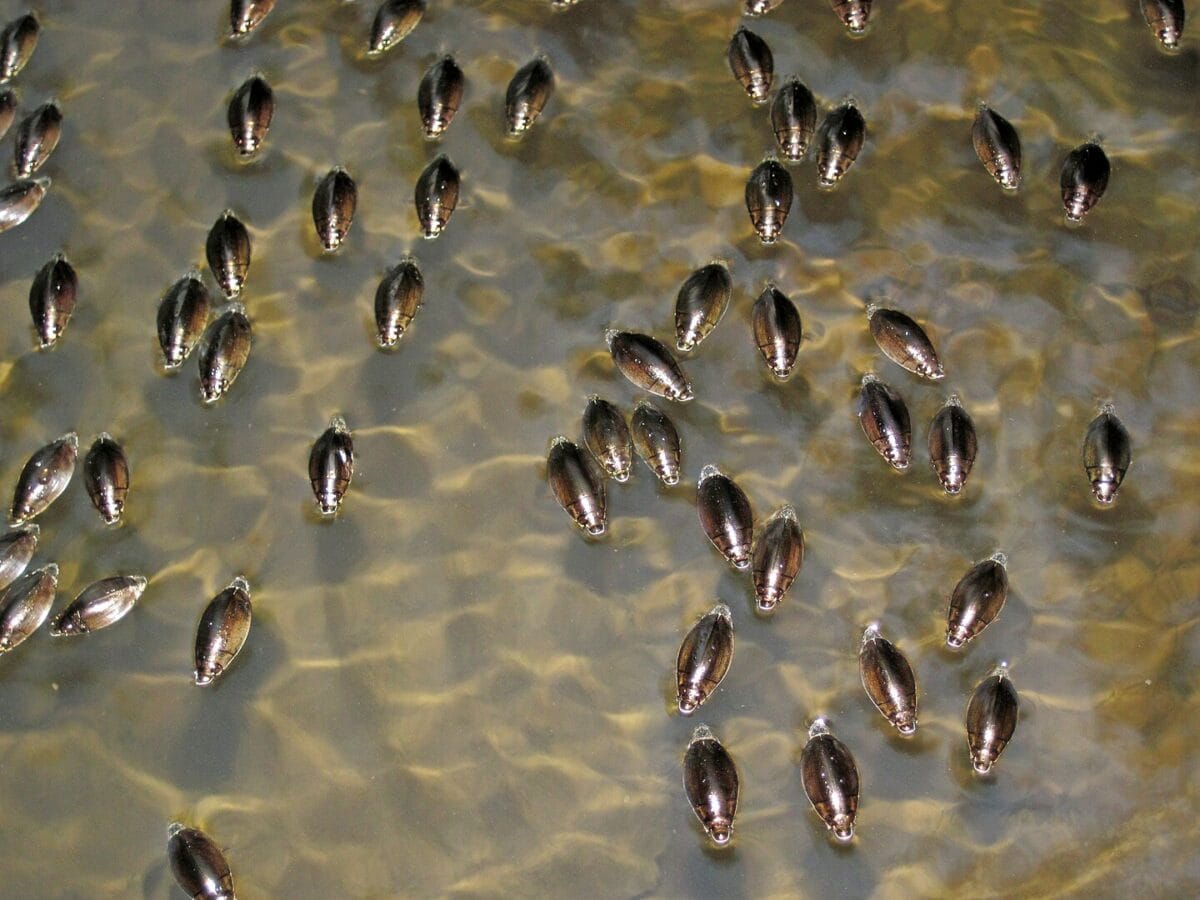
The Secret Behind Their Speed
Contrary to previous beliefs that whirligig beetles use drag-based thrust, recent studies reveal that they employ lift-based thrust, similar to fast-swimming marine mammals and waterfowl. This propulsion system works like a propeller, with the thrusting motion perpendicular to the water surface, reducing drag and allowing for more efficient momentum.
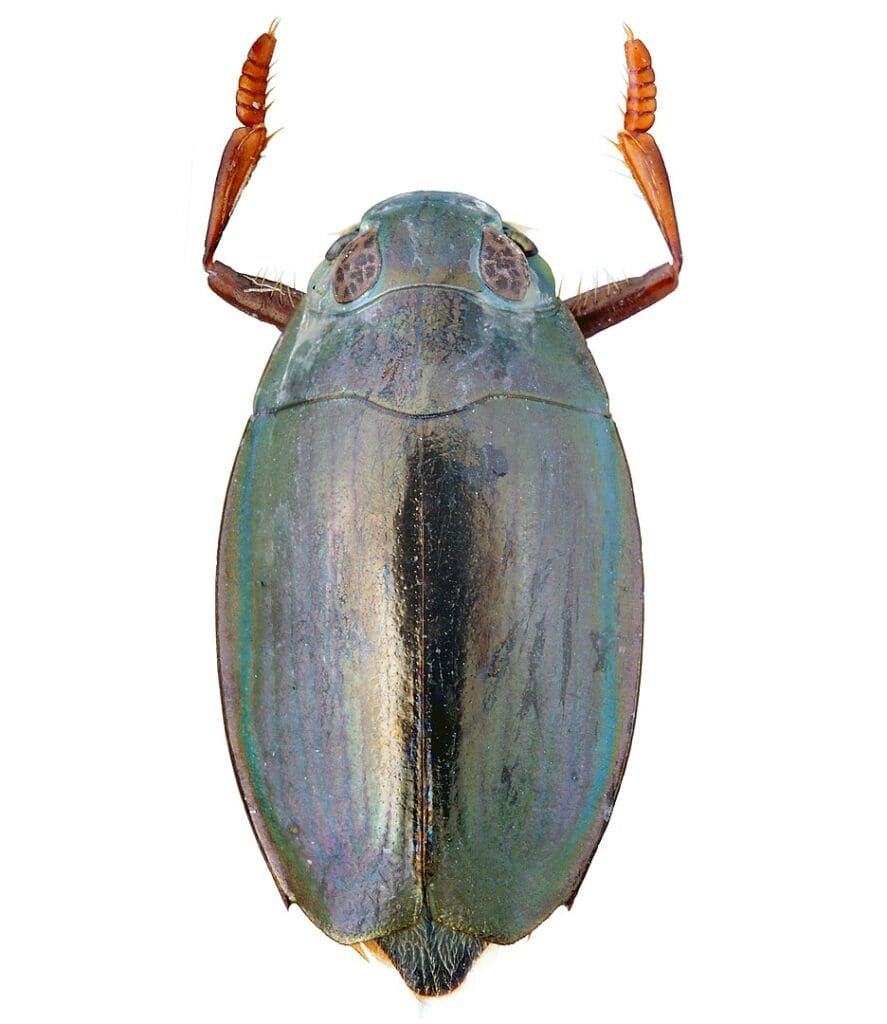
Unique Physical Adaptations
Whirligig beetles have evolved flat, oar-like mid and hind legs, with the latter playing a more critical role in fast swimming. Their hind legs generate most of the angular velocity needed for propulsion, while the middle pair is used for steering. The hind legs have retractable, paddle-like tissue layers that increase propulsion surface area and minimize drag during recovery strokes.
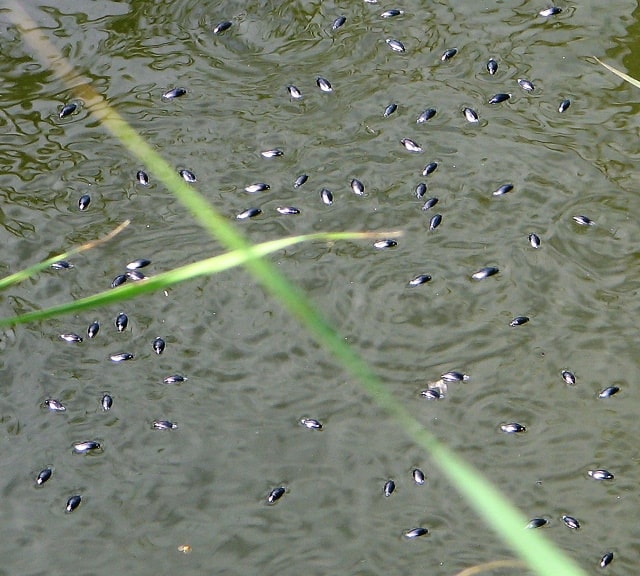
Implications for Robotics and Engineering
The insects swimming mechanism offers valuable insights for bio-inspired robotics, particularly in designing near-surface water robots and uncrewed boats. Understanding the physics behind their movement can lead to more efficient and maneuverable aquatic robots.
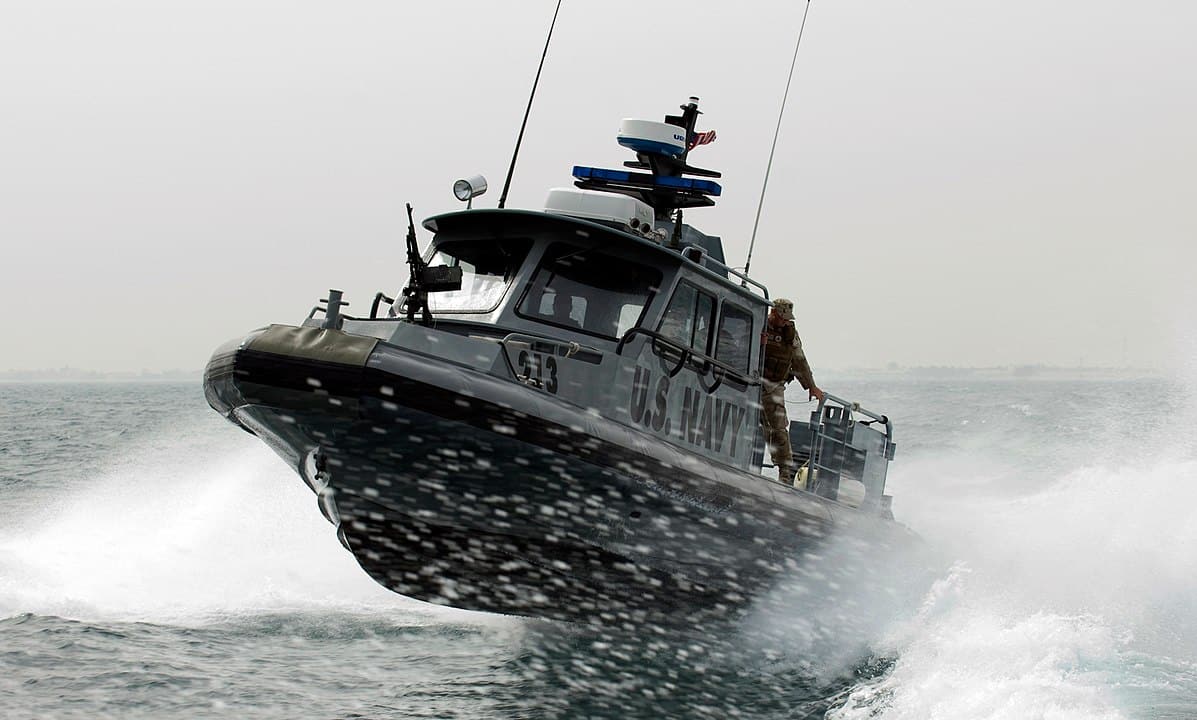
Potential Applications in Uncrewed Boat Designs
The whirligig beetle’s small size, ship-like shape, and lift-generating propulsion mechanism can inform the design of robotic ships. The U.S. Navy, for instance, is exploring uncrewed boats that can be smaller and more flexible without the need for crew accommodation.
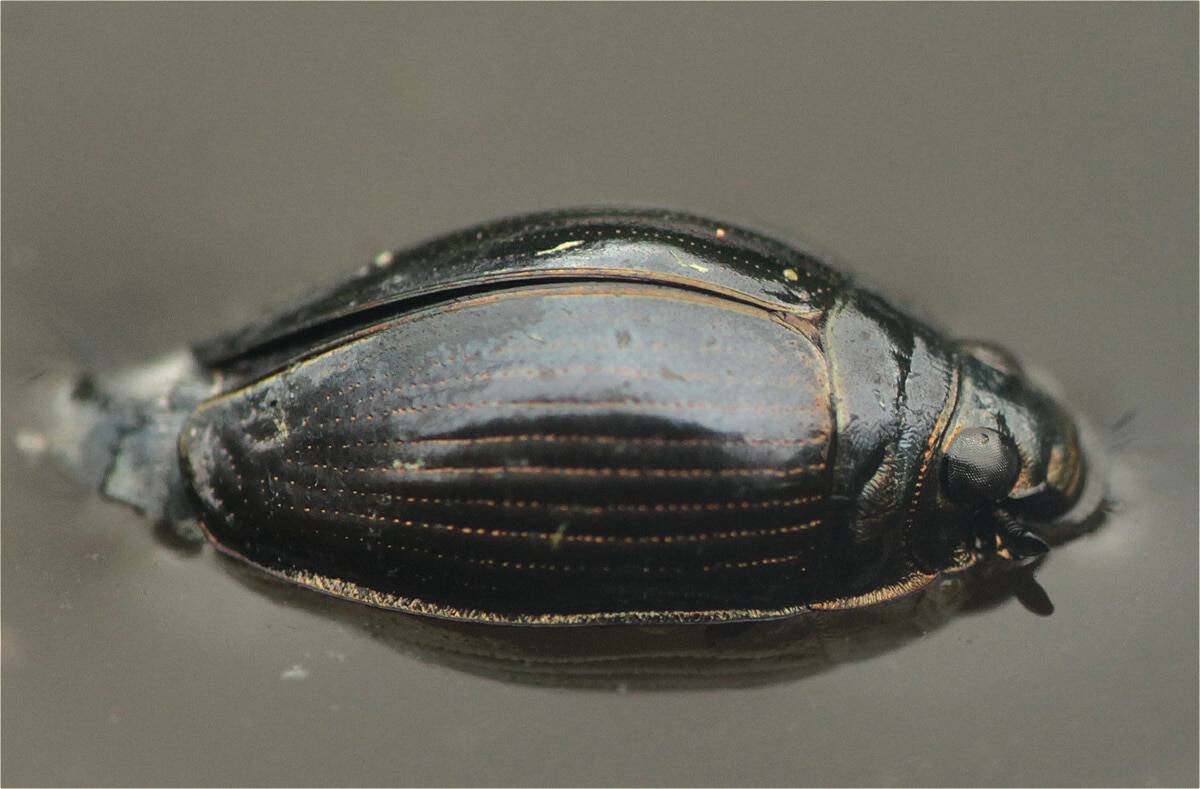
In conclusion, whirligig beetles are fascinating insects and a source of inspiration for technological advancements in aquatic robotics. Their unique swimming strategy and physical adaptations demonstrate nature’s ingenuity and offer valuable lessons for human engineering endeavors.
You might also enjoy:
Animals and Insects Posing a Risk to Global Food Security
Florida’s Feisty Insects: Fire Ants
Meet the Zombie Fungus that Mind-Controls Insects
Join our Forum for free today!

- The Bond Between a Wild Baby Bison and Her Rescuer - July 20, 2024
- An Excited Husky’s First Ever Time in Snow - July 20, 2024
- Top 20 Colorful Species To Brighten Your Day - July 14, 2024

